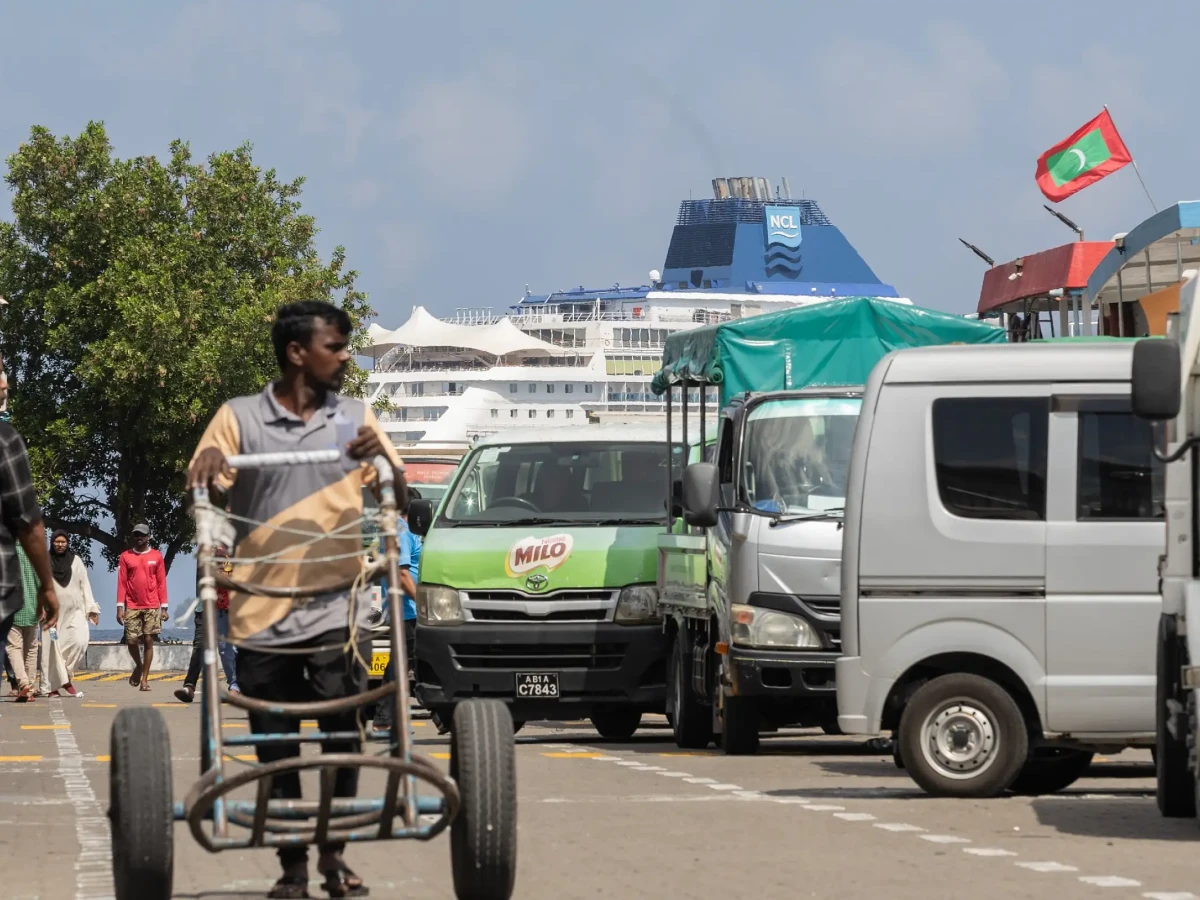
Fitch maintains Maldives credit rating
The Maldives’ gross reserves rose to USD856 million in April 2025 from USD371 million in September 2024.
Top Stories
-
Contract signed for fish processing facility in Kandholhudhoo
-
MIFCO to buy fish above 1kg at MVR 16 from Sunday
-
President calls for structured development of fisheries sector
-
President opens first fuel skid for discount fuel for fishermen
-
President inaugurates development initiatives in R. Dhuvaafaru
Fitch Ratings on Thursday affirmed the Maldives’ long-term foreign-currency issuer default rating (IDR) at ‘CC’.
The Maldives’ gross reserves rose to USD856 million in April 2025 from USD371 million in September 2024. This increase followed a USD400 million drawdown under a currency swap agreement between the Maldives Monetary Authority (MMA) and the Reserve Bank of India in October 2024. The drawdown helped alleviate short-term external liquidity pressures.
Additional FX inflows stemmed from tourism receipts and new regulatory measures under the Foreign Currency Act, which requires tourism businesses to convert 20% of monthly foreign-currency revenue—or up to USD500 per tourist arrival—into rufiyaa through local banks. The MMA allocated USD120 million from the swap facility to local banks.
Future inflows into the Sovereign Development Fund (SDF), bolstered by an increase in airport development fees from December 2024, may partially finance upcoming external debt repayments. Although the SDF was created to support bond amortisation, some funds have been converted into local currency in the past.
Fitch estimates the Maldives’ gross reserve coverage of current external payments at approximately 1.5 months, below the ‘B’/‘C’/‘D’ peer group median of 3.5 months. Net reserves, excluding short-term liabilities such as the RBI swap repayment, remain low at USD28 million. High current account deficits (CAD), substantial external debt service, and ongoing efforts to maintain the currency peg continue to exert pressure on reserves.
The government must meet MVR688 million in sovereign and publicly guaranteed external debt-servicing obligations in the second half of 2025. This includes a possible repayment of the RBI facility. An additional MVR356 million is due in the first half of 2025, up from MVR436 million in 2024. External debt service is projected to reach approximately MVR1.1 billion in 2026, including repayment of a USD500 million sukuk and a USD100 million private bond placement.
Fitch noted that the government may continue to secure external financing support from strategic partners, given its geographical location in the Indian Ocean. While such bilateral support may enable debt servicing, it does not address underlying vulnerabilities. Any assistance from the IMF would likely be contingent on significant fiscal consolidation and debt restructuring.
The CAD is projected to decline to 14.0% of GDP in 2025 from 17.9% in 2024, reflecting strong tourism income and lower fuel prices. Nonetheless, high external deficits and excess liquidity in the domestic banking system have led to persistent shortages of US dollars. Under the revised Foreign Currency Act, the MMA has increased the mandatory exchange requirement for banks to 90% of US dollar proceeds from tourism-related businesses, up from 60%.
The fiscal deficit is forecast to widen to 14.5% of GDP in 2025, from 14.0% in 2024. This is driven by continued high recurrent expenditure, including rising public sector wages and delays in subsidy and healthcare reform. In 2026, the deficit is expected to decline slightly to 13.9%, aided by tourism growth and new revenue measures. However, domestic financing remains limited, with banks holding substantial existing government debt.
General government debt is projected to increase to 125.1% of GDP by 2026, up from 114.5% in 2024. This compares to nearly double the median for similarly rated peers. Outstanding government-guaranteed debt rose to MVR21.1 billion (19.5% of GDP) in 2024 from MVR15.1 billion (14.9% of GDP) in 2023, largely due to the RBI swap drawdown. This poses additional contingent liability risks.
Real GDP is forecast to grow by 4.8% in 2025 and 4.7% in 2026, primarily supported by increased tourist arrivals and receipts. Contributing factors include the partial opening of a new terminal at Velana International Airport in July 2025, new resorts, and ongoing tourism infrastructure development. However, a downturn in major source markets such as China, Europe, and Russia may affect performance.




